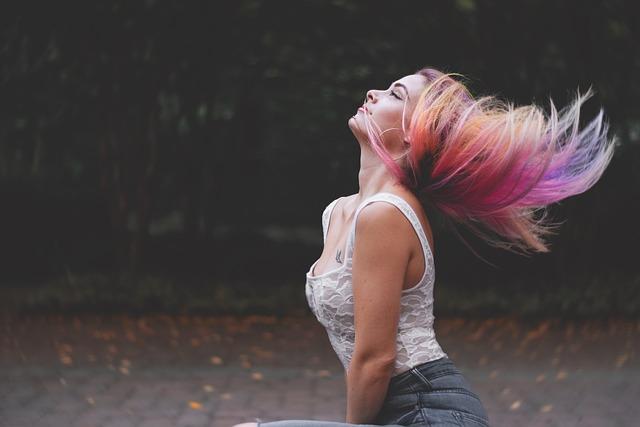In the quest for luscious locks, many of us reach for that trusty bottle of conditioner, hoping to transform our tresses into silky cascades of beauty. Yet, as you glance in the mirror, a different reality may be staring back—hair that looks more greasy than glossy, more weighed down than wondrous. Could your conditioner, that supposed savior of strands, be the secret saboteur of your hair goals? In this article, we delve into the slippery world of hair care, unraveling the mysteries behind conditioners that promise to nourish but sometimes leave us in an oily bind. Prepare to embark on a journey of discovery as we explore whether your conditioner is truly a friend or a foe in your pursuit of perfect hair.
Unmasking the Grease: Understanding Conditioner Ingredients
Understanding what goes into your conditioner is crucial for avoiding that unwanted greasy look. Many conditioners contain ingredients that, while beneficial in moderation, can lead to an oily scalp when overused. Silicones are one of the primary culprits. These ingredients, like dimethicone and cyclomethicone, provide a smooth and shiny finish but can build up on your hair over time, causing it to appear greasy.
- Heavy Oils: While oils like coconut or argan can deeply nourish, they may be too heavy for fine hair types, leading to a limp, greasy appearance.
- Petroleum-based Products: Ingredients such as mineral oil and petrolatum are often found in conditioners for their moisturizing properties, but they can weigh hair down.
- Quaternary Ammonium Compounds: These are used for detangling but can cause residue buildup if not rinsed thoroughly.
To avoid these issues, opt for conditioners with lightweight formulas and prioritize ingredients like botanical extracts and water-soluble oils. Adjusting your product choice according to your hair type can help maintain that perfect balance between moisture and volume, ensuring your locks look fresh and full of life.

Master the Art of Application: Achieving the Perfect Balance
Unlocking the secret to hair that looks and feels fresh often lies in the meticulous balance of conditioner application. Over-conditioning can weigh your hair down, leaving it limp and greasy, while under-conditioning might lead to frizz and tangles. The key is to understand your hair’s unique needs and adapt your routine accordingly.
- Know Your Hair Type: Fine hair may require a lightweight conditioner, while thick, curly locks might benefit from a richer formula.
- Application Technique: Focus the product on the ends of your hair, where moisture is needed most, rather than the roots.
- Rinse Thoroughly: Ensure all the conditioner is rinsed out to prevent residue that can make your hair look oily.
- Frequency Matters: Condition less frequently if you have oily hair, or more if your hair is dry.
Mastering this delicate art requires a bit of experimentation, but once you find the perfect balance, your hair will thank you with a healthy shine and enviable bounce.
Tailored Tips: Choosing the Right Conditioner for Your Hair Type
Understanding your hair type is crucial in selecting a conditioner that complements rather than compromises your hair’s natural beauty. Each hair type demands specific care to maintain its health and vitality. Here’s a guide to help you find the perfect match:
- Fine Hair: Opt for a lightweight, volumizing conditioner. Ingredients like biotin or collagen can help add body without weighing your hair down.
- Curly Hair: Choose a hydrating conditioner enriched with natural oils such as coconut or argan oil. These provide moisture and help in defining curls.
- Thick Hair: A rich, creamy conditioner works wonders. Look for products containing shea butter or avocado oil to manage frizz and maintain smoothness.
- Color-Treated Hair: Go for a color-safe conditioner with UV protection. Ingredients like keratin or amino acids can help preserve your hair color and repair damage.
- Oily Hair: Use a balancing conditioner that focuses on the ends, avoiding the scalp. Seek out formulas with tea tree oil or aloe vera for a refreshing, grease-free finish.
Choosing the right conditioner can transform your hair from greasy to gorgeous, so consider these tailored tips to ensure your locks look their best.



